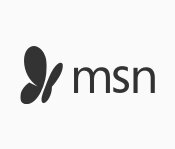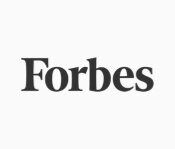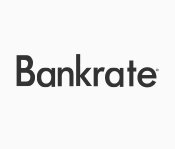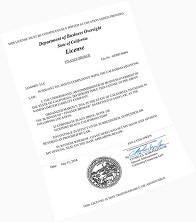Overview
A rural mortgage loan, also referred to as a USDA Mortgage, a Section 502 Loan, or simply a USDA Home Loan, is a loan sponsored by the United Stated Department of Agriculture. These rural home loans offer 100% financing to home buyers with average or below average income at interest rates well-below market averages, making them similar in many ways to FHA loans. According to the USDA, the program is intended to “improve the economy and quality of life in rural America.”
There are three basic categories of USDA Mortgages:
First, the Direct USDA Rural Home Loan. The most unusual thing about these mortgages is the direct USDA financing. The United States Department of Agriculture actually provides the loan rather than simply guaranteeing a loan made by a traditional bank, credit union, or online lender. They target low-income borrowers who are unable to qualify for traditional financing, with special preference for those currently lacking safe or sanitary housing. There’s generally no down payment and interest rates are reasonable.
Second, the Guaranteed USDA Home Loan. Like a VHA Loan, this is actually a USDA guarantee for an approved loan taken out through traditional or online USDA lenders. This loan targets moderate-income borrowers who may have poor credit but for whom there is a reasonable expectation of repayment. Because of the government-backing, lenders can offer better interest rates and approve borrowers they might not otherwise.
Third, USDA Home Improvement Loans. These target low-income borrowers whose homes require serious repair or improvement. One notable feature is that in certain circumstances, part of the money distributed may be categorized as a “grant,” meaning it does not have to be repaid. The rest of the money can be financed at rates as low as 1% and repaid over periods as long as twenty years, making these very affordable for many people who would not otherwise qualify.














